Maersk Line․CMA CGM cut capacity on Asia–Europe trade
 |
Oversupply of container vessels operating on the Asia – Europe trade lane has pushed Maersk Line’s container freight rates to unsustainably low levels. In order to rationalize its service, Maersk Line is removing 9% of its vessel capacity currently operating on the Asia – Europe trade.
“With this adjustment we are able to reduce our Asia – Europe capacity and improve vessel utilization without giving up any market share we have gained over the past two years. We will defend our market share position at any cost, while focusing on growing with the market and restoring profitability,” says Maersk Line CEO, Søren Skou.
The 9% capacity reduction will be facilitated by a vessel sharing agreement with the French container shipping line, CMA-CGM. With this agreement, Maersk Line is able to remove 9% of its vessel capacity while still maintaining full and competitive coverage for its customers. In addition, the cooperation helps Maersk Line cut the cost of serving West Mediterranean markets, enabling Maersk Line to deploy its own vessels to areas where they are most needed as well as pursue further slow-steaming.
A January report from shipping analyst, Alphaliner, predicted Europe – Far East container traffic growth would slow to 1.5% in 2012 from an estimated 2.8% in 2011, due to a weakening economic outlook in Europe. The industry container vessel fleet, by contrast, is set to grow by 8.3% in 2012.
“The Asia – Europe trade remains the world’s busiest trade lane, however, the supply of vessels currently operating on this trade simply outweighs the demand. We are therefore rationalizing our service by taking out vessel capacity and thereby reducing costs,” says Vincent Clerc, Chief Product and Yield Officer for Maersk Line.
Where commercially appropriate, Maersk Line will also consider additional opportunities to reduce capacity, including redelivery of time charter tonnage, the use of lay-ups and slow-steaming. Additionally and in line with previous guidance, Maersk Line will not declare the option for the last ten Triple-E vessels.
Per the agreement, Maersk Line and CMA CGM will merge their respective AE11 and MEX services into one new AE11/MEX (operating 12,500 TEU per week) to cover the trade from the Far East to and from Spain, France, Italy.
To cover the Mediterranean hubs, Maersk Line and CMA CGM will merge their announced AE20 and FAL9 services into a new AE20/MEX3 service, operating a weekly capacity of 9,500 TEU. Maersk Line will further complement the coverage of its volume requirements in the Mediterranean hubs with the reinstatement of two port calls in Algeciras, Spain on its North Europe Daily Maersk strings.
The new AE11 service merges Maersk Line’s AE11 service with CMA-CGM’s MEX service. This product will continue to be a premium product covering the Western Med, including Malta, Valencia, Barcelona, Fos Sur Mer, and Genova, in that order.
▲ A new AE11 service will have the following rotation: Qingdao - Busan - Shanghai - Ningbo - Yantian - Chiwan - Nansha - Tanjung Pelepas - Port Kelang - Malta - Valencia - Barcelona - Fos Sur Mer - Genoa - Malta - Khor Fakkan - Singapore. The starting date of the new AE11 will be the first week of April 2012 from Qingdao. Vessel capacity will be 12,500 TEU.
▲ A new AE20 service will have the following rotation: Xiamen - Shanghai - Ningbo - Yantian - Nansha - Tanjung Pelepas - Port Kelang - Beirut - Malta - Valencia - Malaga - Tangiers - Port Said - Port Kelang - Singapore. The starting date of the new AE20 will be the last week of March 2012 from Xiamen. Vessel capacity will be 9,500 TEU. < Korea Shipping Gazette >





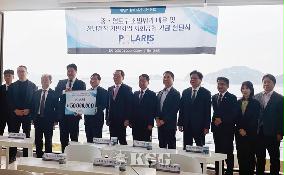


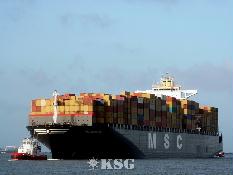
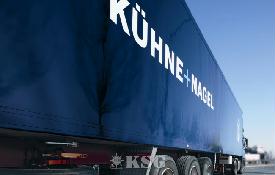


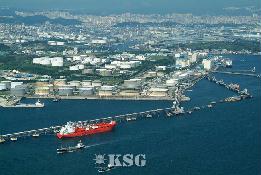
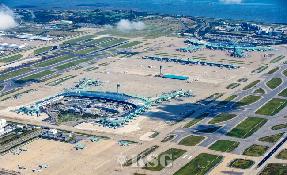

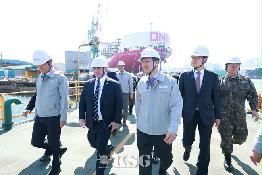

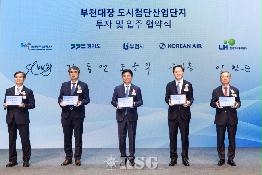
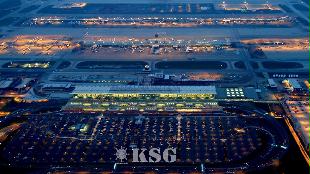
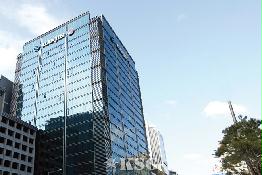
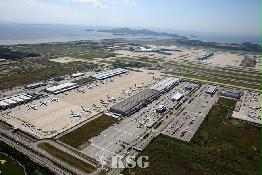
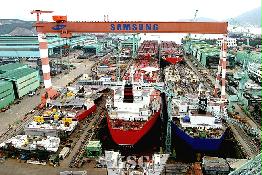
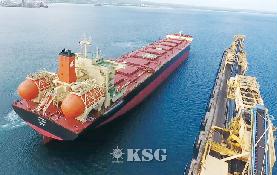
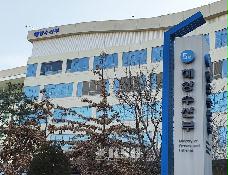
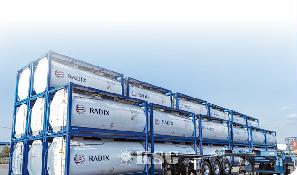

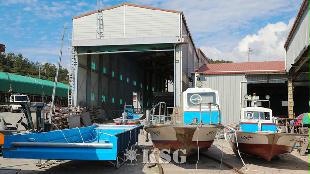

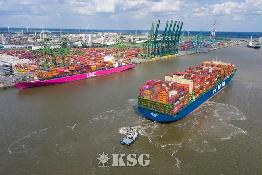
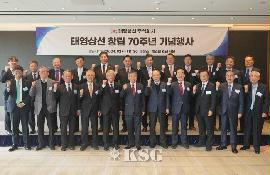
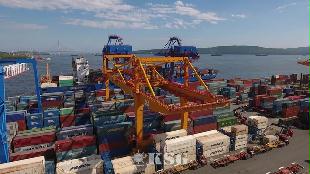

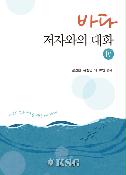





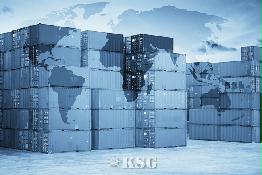
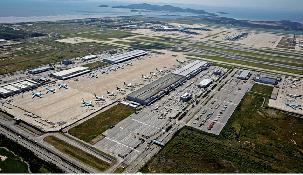
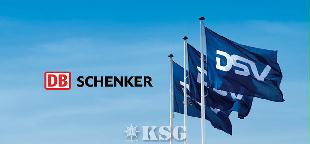
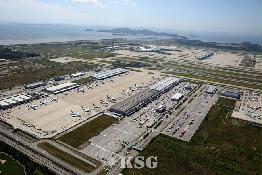
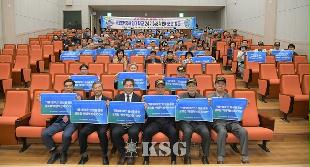





















0/250
확인